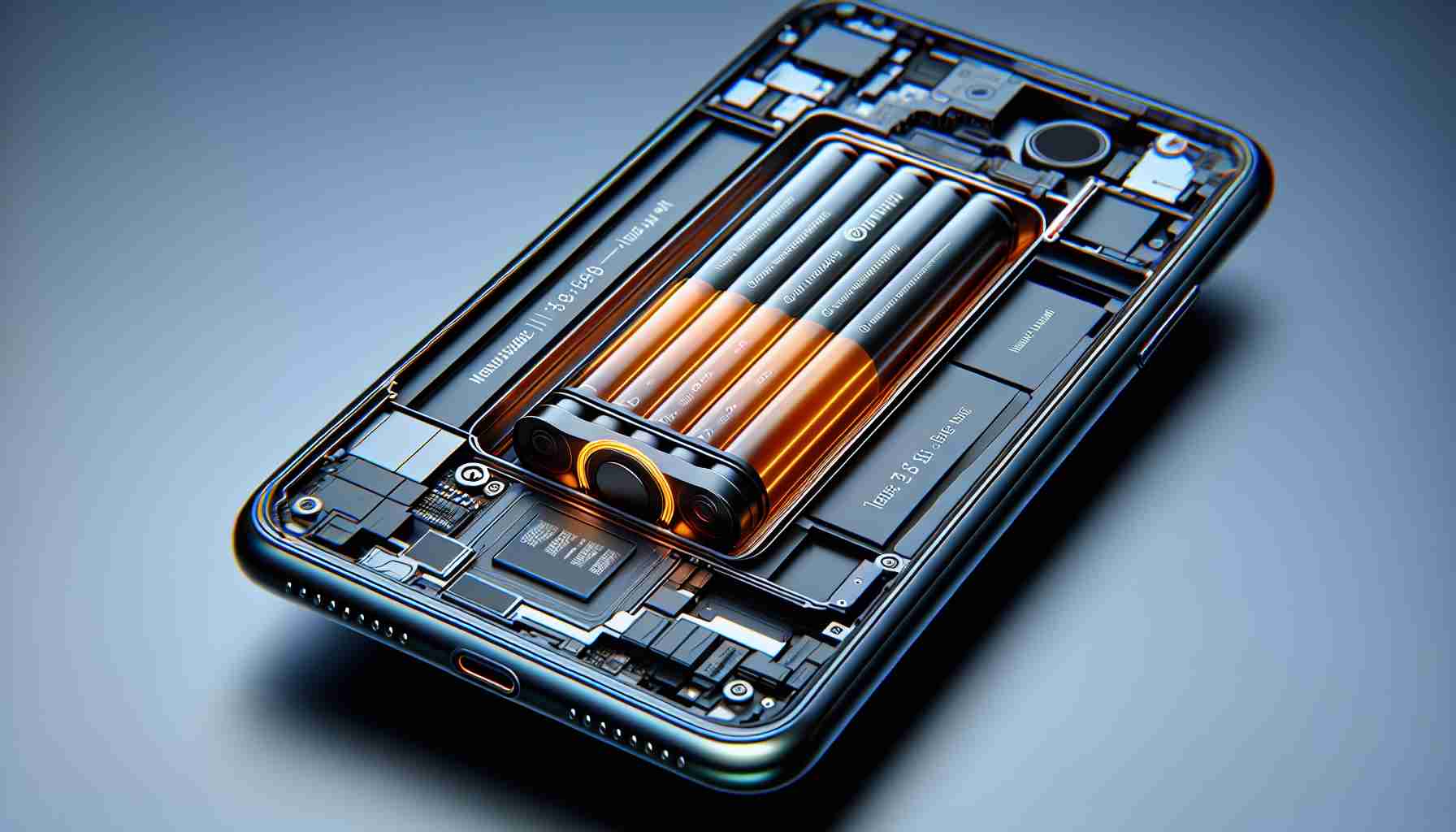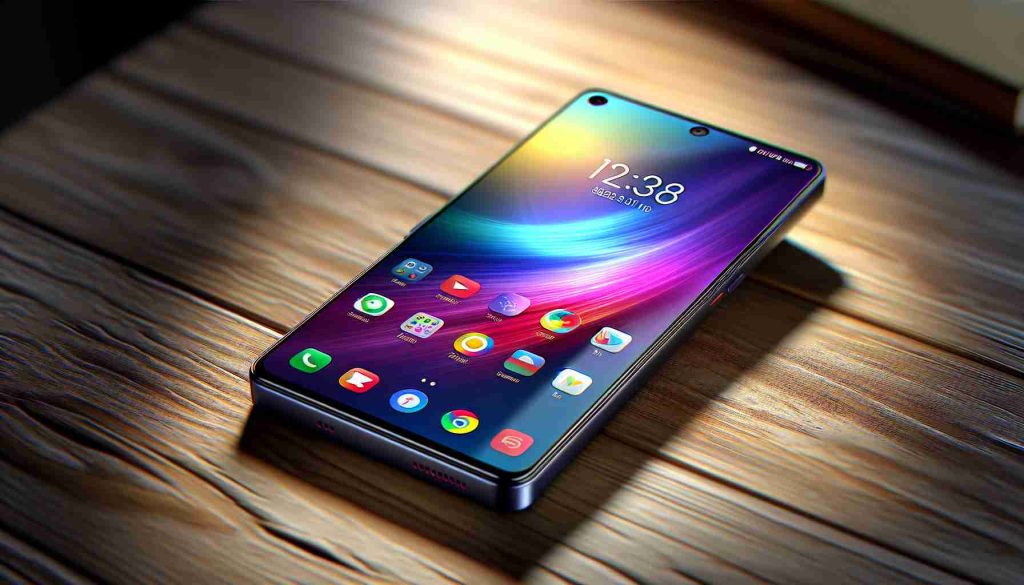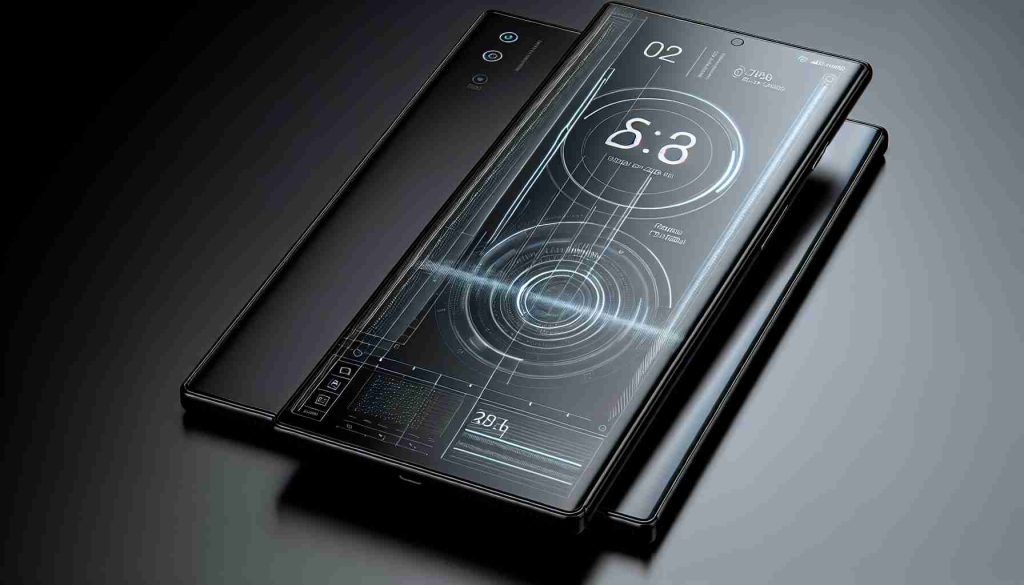In just over four months, Samsung is set to unveil its latest flagship smartphones, the Galaxy S25 series. This new lineup will include three variants: the Galaxy S25, Galaxy S25+, and Galaxy S25 Ultra.
Recent leaks have provided intriguing details regarding the battery capacity of the Galaxy S25+. Reports suggest that it will feature a nominal capacity of 4755 mAh, consistent with its predecessor, the Galaxy S24+. However, there are expectations that Samsung may officially launch the device with a capacity of 4900 mAh, mirroring the Galaxy S24+.
If these revelations hold true, it appears that there will be no significant upgrades in battery capacity nor in overall endurance. While a 4900 mAh battery is respectable, it may not measure up against competing models within the same market segment.
On a brighter note, advancements in chip technology, specifically the anticipated introduction of 3-nanometer processors like the Exynos 2500 or Snapdragon 8 Gen 4, could lead to minor enhancements in efficiency. Additionally, the Galaxy S25 Ultra is expected to retain its impressive 5000 mAh battery capacity, ensuring it remains competitive in terms of performance and longevity.
With these developments, tech enthusiasts are eager to see how Samsung’s new flagship series will shape the smartphone landscape once it hits the market.
The Upcoming Samsung Galaxy S25 Series: Battery Capacity Insights
As anticipation builds for the Samsung Galaxy S25 series, slated for announcement in early 2024, several aspects related to battery capacity and performance are drawing attention from consumers and tech analysts alike. With the release of this flagship series including the Galaxy S25, Galaxy S25+, and Galaxy S25 Ultra, one of the critical factors weighing on buyers’ decisions is battery life and capacity.
What is the Expected Battery Capacity of the Galaxy S25 Series?
While recent leaks indicate a nominal battery capacity of 4755 mAh for the Galaxy S25+ and a potential 4900 mAh capacity upon release, the Galaxy S25 Ultra is anticipated to maintain its robust 5000 mAh battery. Notably, the standard Galaxy S25 may see some enhancements; various sources suggest improvements may bring it close to 4500 mAh—slightly above the capacity of its predecessor.
Key Challenges and Controversies
A significant controversy surrounding the Galaxy S25 series’ battery capacities lies in the comparative analysis to competitors. Brands like Apple and OnePlus are known for integrating notably larger batteries without compromising on sleek profiles. The question remains whether Samsung’s incremental increase in battery specs will be enough to satisfy consumers amid aggressive competition.
Furthermore, inflation of battery specifications without corresponding enhancements in technology could lead to consumer dissatisfaction. If users find their smartphones do not last longer than previous models despite larger batteries, this could lead to criticism of Samsung’s design and marketing strategies.
Advantages of Samsung Galaxy S25 Series Battery Capacities
1. Improved Efficiency: As indicated, Samsung is likely to incorporate 3-nanometer processors which promise better efficiency. This could make the most of the existing battery capacities by improving the longevity of smartphone usage per charge.
2. Solid Performance: Retaining a 5000 mAh battery in the Galaxy S25 Ultra ensures that it continues to rank high in longevity, particularly for heavy users who rely on continuous usage throughout the day.
3. Power Management Features: Samsung often includes advanced power management features in its smartphones, allowing users to optimize battery usage. This could mitigate concerns surrounding battery limitations.
Disadvantages of Samsung Galaxy S25 Series Battery Capacities
1. Incremental Improvements: Competing brands are making considerable strides; should Samsung fail to provide significant upgrades, consumers may look towards rivals for better performance and features.
2. Perceived Value: As users become increasingly aware of battery tech and performance metrics, failure to meet expectations could tarnish Samsung’s reputation as an innovator in power-efficient devices.
3. Limited Competitive Edge: With an existing battery capacity landscape dominated by higher numbers, Samsung’s new offerings may struggle to stand out, potentially impacting market share.
Conclusion
As the Samsung Galaxy S25 series approaches its launch, battery capacity remains a pivotal area of scrutiny and expectation. With advancements in efficiency promising to mitigate some concerns, the tech community continues to evaluate how these upcoming devices will resonate in an environment where battery life plays a significant role in purchasing decisions.
For more insights on Samsung’s latest offerings and innovations, visit their official area for updates at Samsung.
























